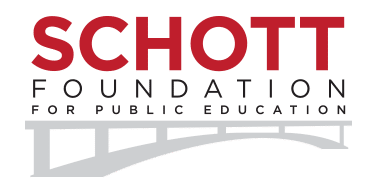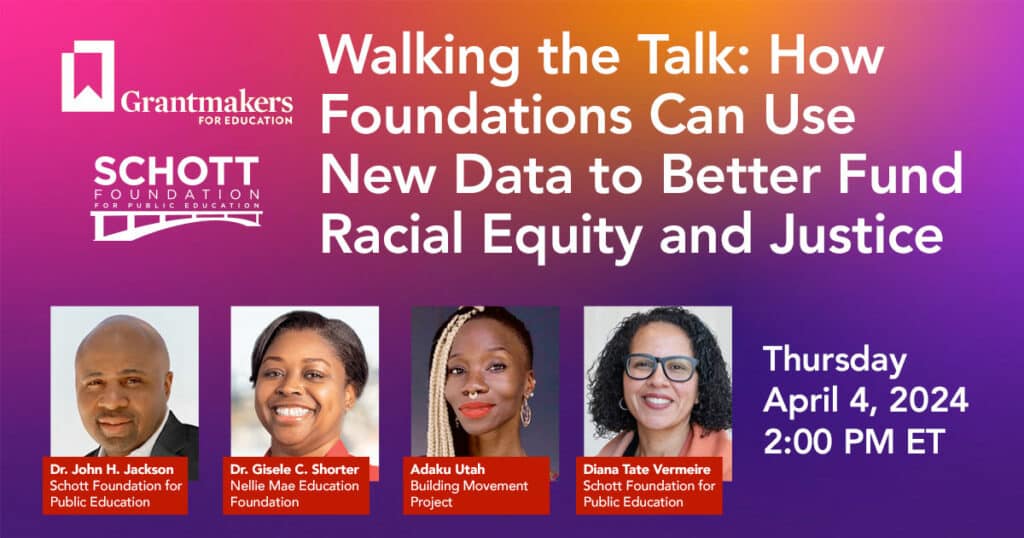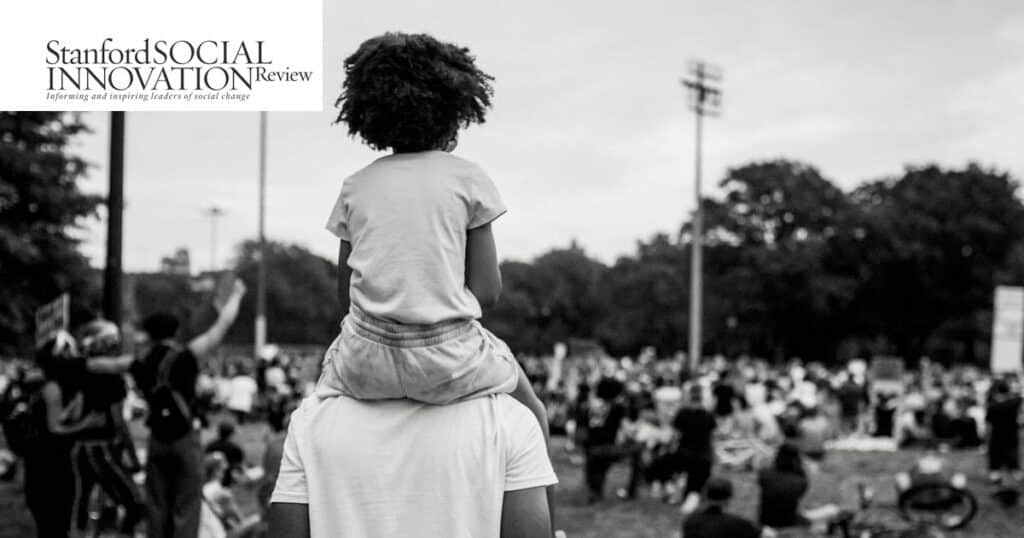Blog
How to Stop the School-to-Prison Pipeline for Girls of Color
In our webinar earlier this month, “How to Stop the School-to-Prison Pipeline for Girls of Color,” we were joined by Dr. Monique W. Morris, author of Pushout: The Criminalization of Black Girls in Schools, and Aishatu Yusuf, who is currently working on participatory research aimed at interrupting school-to-confinement pathways for girls. You have probably heard of the school-to-prison pipeline, but Dr. Morris prefers to use the term school-to-confinement pathways to better describe the relationships that lead girls of color into contact with the juvenile legal system. As explained in our infographic, the U.S. Department of Education reported that black girls were suspended six times more than white girls, nationally. Dr. Morris and Aishatu unpack the issue in our webinar, providing possible solutions.
Dr. Morris explains that black girls are the only group of girls who are disproportionately represented along the entire continuum of punishment in schools. She wonders what it means to have a culturally competent and gender responsive space for girls of color who are experiencing multiple oppressions, trans-generational trauma, and historical trauma. That’s where EMERGE (Educating, Mentoring, Empowering, and Reaffirming our Girls for Excellence) comes in – it is a pilot educational reentry program for girls in the San Francisco Bay area. The project is conducted in partnership with the Mentoring Center and several critical nonprofit agencies and public departments providing services to young people who have had contact with multiple systems, including the juvenile and criminal legal systems.
Dr. Morris sees this pilot program as a way to not only interrupt school-to-confinement pathways, but to build out confinement-to-college and confinement-to-career pathways so that “we begin to challenge ourselves to think differently about what our children are capable of and what the narrative is for our young women, particularly our young women who are living and experiencing schools on the margins.”
In her book, Pushout, Dr. Morris identifies important components of generating responsive learning environments for marginalized girls. Some of these components include the implementation of alternatives to exclusionary discipline, the development of a more robust continuum of gender responsive programming and interventions for girls that recognizes the need for healing informed responses to negative student behavior, and healing-informed classrooms that are co-constructed with young women. Dr. Morris uses these basic tenets to guide the EMERGE re-entry program. The goal is to work with girls who have already experienced school pushout and create new ways of learning, new spaces for being and healing, and to try to develop school as a location for healing.
Dr. Morris sees EMERGE as “revising the narrative about girls who have experienced school pushout and engaging them as critical partners in constructing what they need to be successful and how they can repair their relationships with schools.” Currently, EMERGE consists of 15-20 girls, a program director, a lead teacher, a learning mentor, and an independent studies teacher. Dr. Morris explains that one of the most important aspects of facilitating a learning environment in which girls are most responsive to their teacher is establishing trust, and the structure of the pilot program aims to establish that trust.
Aishatu reminds us of the ways we can view this issue from a policy lens. She explains that under the Every Student Succeeds Act (ESSA), each state needs to have five indicators of assessment, one of which is chosen by the state and is not federally mandated. This indicator is focused around school climate and inclusion, so Aishatu asks, how can we use this indicator to really impact our girls? She suggests taking advantage of this indicator to disaggregate data regarding discipline to analyze how it is disproportionately used in schools. Aishatu also suggests looking at specific state policies that affect girls in school, such as policies regarding dress code or punishing “annoying behavior”, in order to push schools in a way that helps rather than hurts girls.
It is crucial for all of us to stay aware of current policies and practices that are pushing girls of color out of school, and to listen to the story of these girls in order to thoughtfully take action (a video about how black girls are pushed out of schools provides an anecdotal explanation of the issue). In order to enhance equity in education, we must work to change the narrative of girls of color in schools – a process that must be inclusive of those girls being pushed out.


